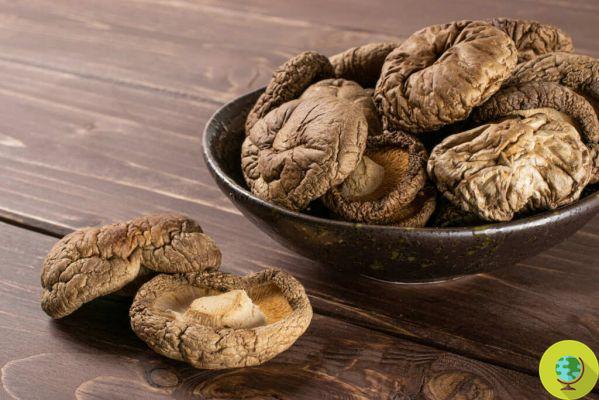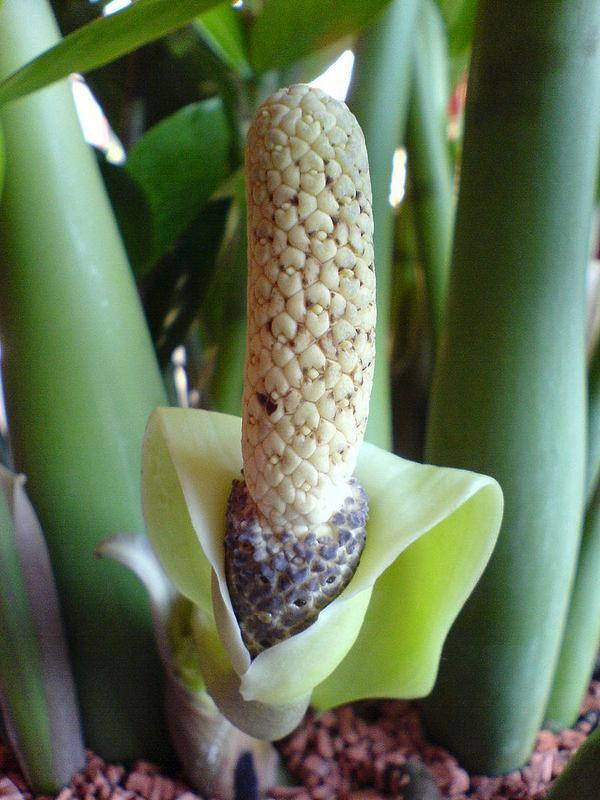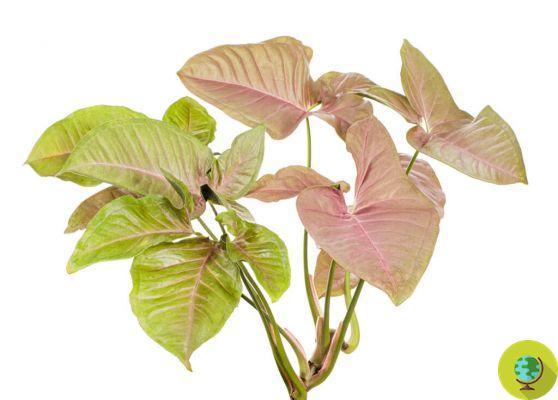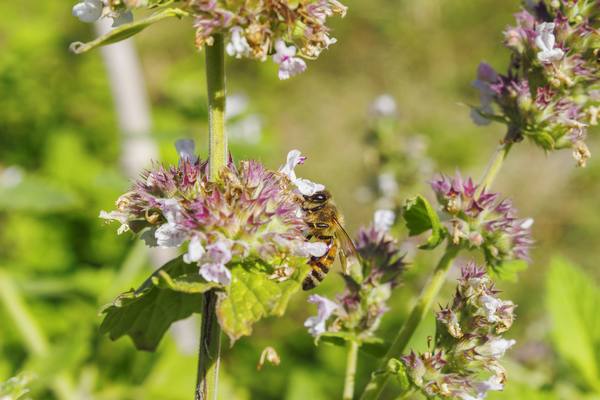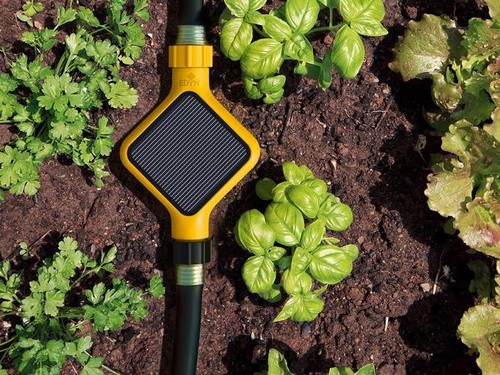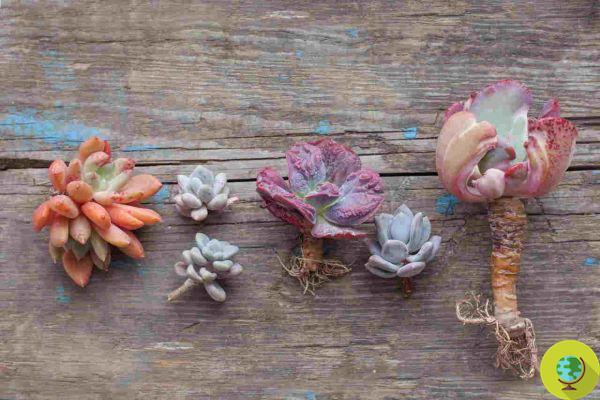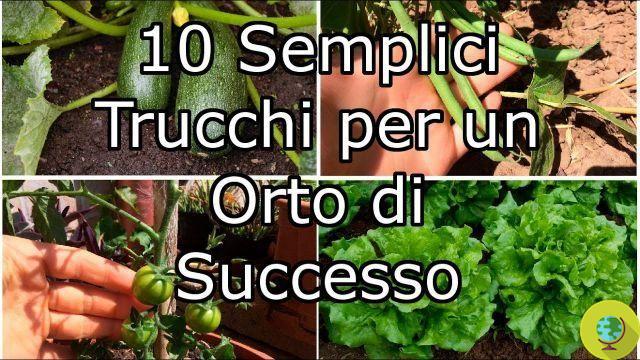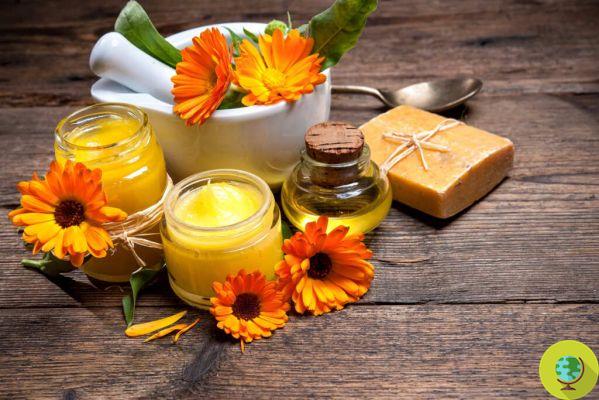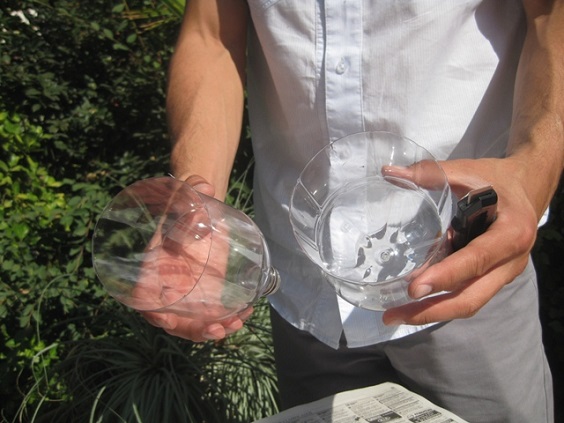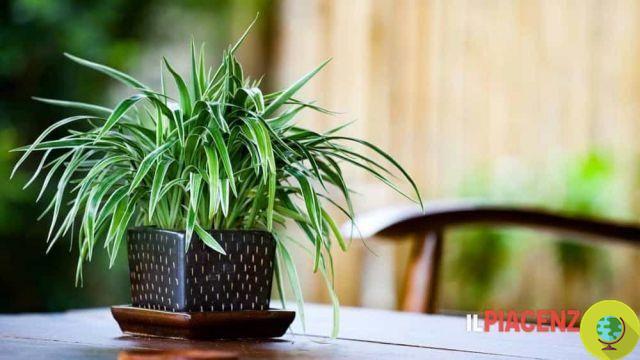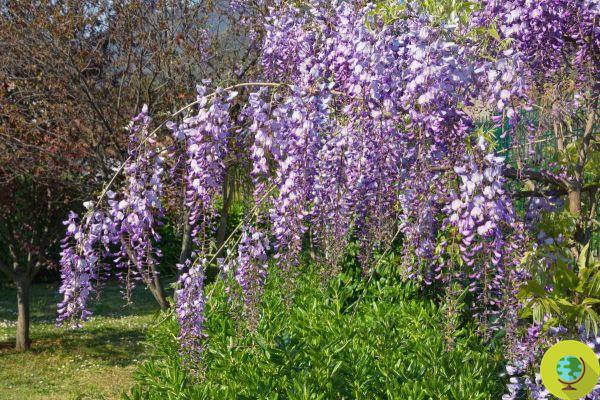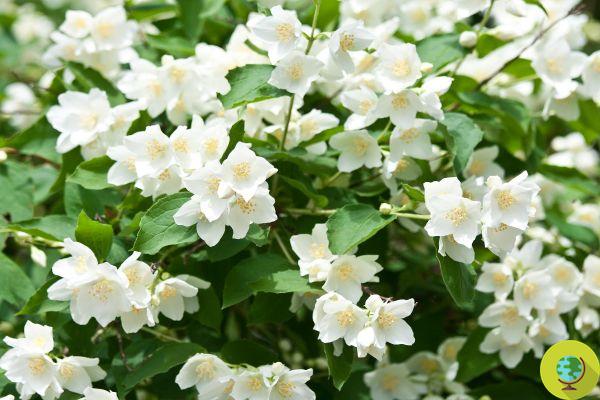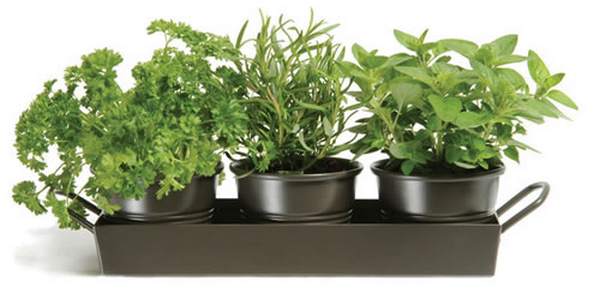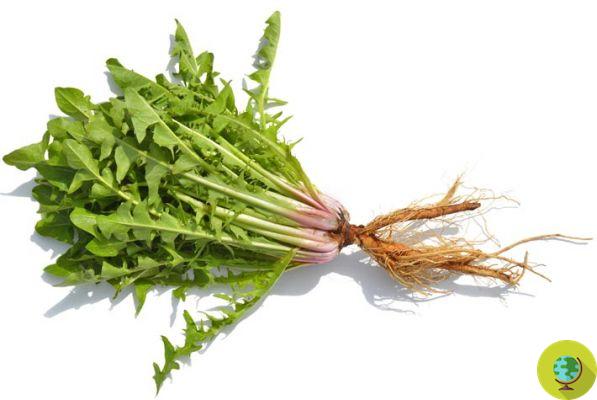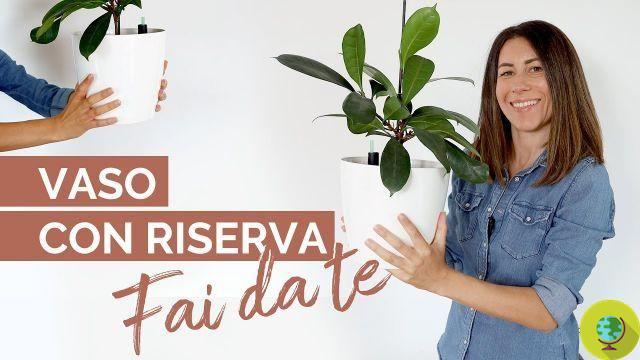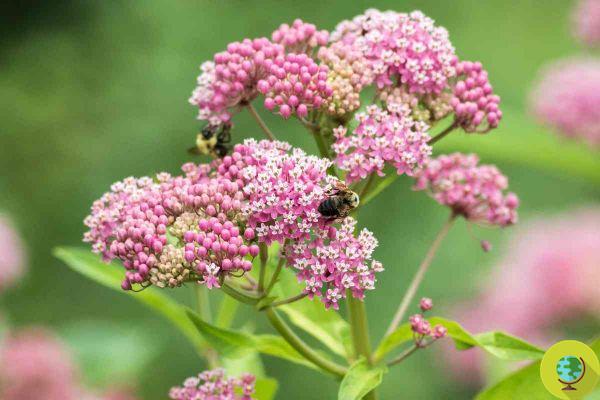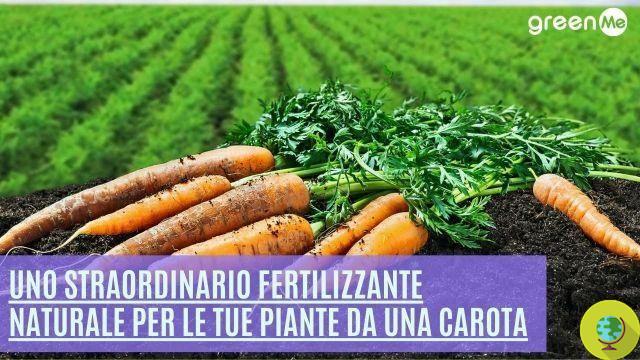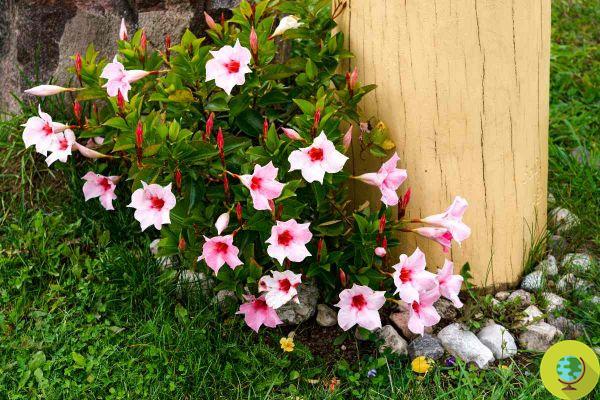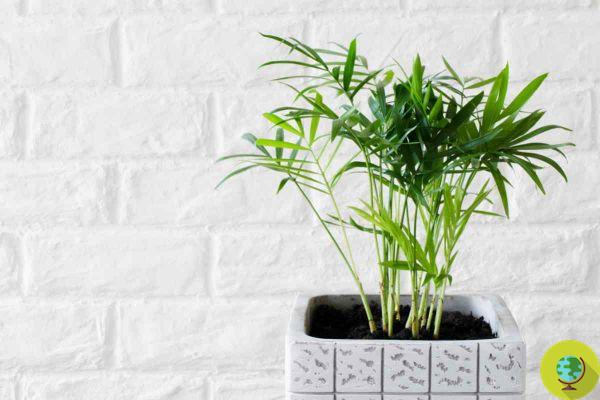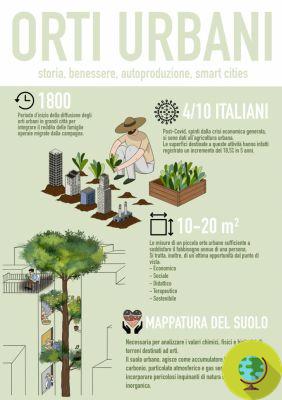
It is a bit of a thorny topic but it needs to be addressed: urban horticulture has become a very popular pastime for city dwellers however, the possibilities of unhealthy concentrations of heavy metals in urban garden soil can cause concern especially in metropolitan areas. but not only.
He is about to end up run over, his mother saves him
It is a bit of a thorny subject but it needs to be addressed: theurban horticulture has become a very popular pastime for city dwellers however, the chances of unhealthy concentrations of heavy metals in the soil of the urban garden it can cause concern especially in metropolitan areas but not only.
I heavy metals are a group of metals that are toxic to humans and animals. Lead, mercury, copper, zinc, cadmium, nickel and iron are some of the most common heavy metals that present a danger to food chain. These metals can cause serious disturbances to the central nervous system as well as being harmful to the hematopoietic system.
Most heavy metals are found naturally present in traces. The lead, for example, can be found with a average rate of 10 ppm in all agricultural land, but higher lead levels are generally the result of anthropic contamination such as due to steel, chemical, paper mills, tanneries or industries that produce paints or due to car emissions or incinerators and again due to agricultural fertilizers, livestock sewage or the use of pesticides.
It is important to remember that heavy metal contamination has a permanent character as these are not degradable.
In fairness it is also good to speak of methods with which it is possible to carry out a remediation intervention, that is through physico-chemical methods or through biological methods. The latter include the use of microorganisms placed on organic contaminants (bioremediation) and the use of plants placed on organic and inorganic contaminants ( phytoremediation).
Phytoremediation is a technology that uses plant species to treat contaminated sediments (and water). The storage capacities of pollutants inside the plant and its root system are exploited so that the plants are used to extract contaminants from the soil (or water) which are then released, in some cases, through modified forms into the atmosphere. or they are demolished by organisms associated with the root system of the plant itself.
This method has one advantage among others strong cost reduction, a lower quantity of material to be removed and a positive impact on the landscape although it requires medium-long times and is not applicable in cases where the concentrations of pollutants are excessively high because they are incompatible with the life of the plant itself.
The species used for phytoextractions are commonly belonging to Brassicaceae ed all Graminaceae: Thlaspi caerulescens (Ni, Zn), T.rotundifoluim (Ni, Zn, Pb), Alyssium wulfenianum (Ni), Brassica juncea (Pb, Cr+6, Cd,Cu,Ni,Zn), Festuca arundinacea (Pb, Zn). )
But what about common situations contamination in the soil, especially in a balcony, in a terrace or in the garden, are due not only to the possible presence of incinerators o in the presence of pollutants in the irrigation or precipitation water, in the presence of cars in the immediate vicinity and for this reason it is good to remember that the concentrations are higher around the foundations of buildings e close to busy roads.
We also remind you that each plant has different degrees of absorption and the danger is certainly in relation to direct ingestion of contaminated soil. This usually happens when children play, and as they are also more vulnerable because their nervous system is not yet fully developed and their body offers more absorption than adults, all you have to do is simply wash your crops thoroughly and for green leafy vegetables and roots (which have the ability to absorb more from the contaminated soil) will suffice remove the outer leaves or peel vegetables such as potatoes and carrots thoroughly. In all cases, you should thoroughly wash any product with water and bicarbonate. By doing so it is possible to rest assured.
But if yours Urban garden has high levels of heavy metals and you still want to be able to grow edible products proceed like this:
physically remove contaminated soil, add a layer of organic matter to the soil (by doing so you make residual contaminants less available for the plant, compost, non-acid peat and fertilizers are all good sources of organic matter) finally if you think that your property could contain problematic and polluting substances think about possibility of carrying out tests on the soil by certified analysis laboratories of your soil.
Kia - Carmela Giambrone





